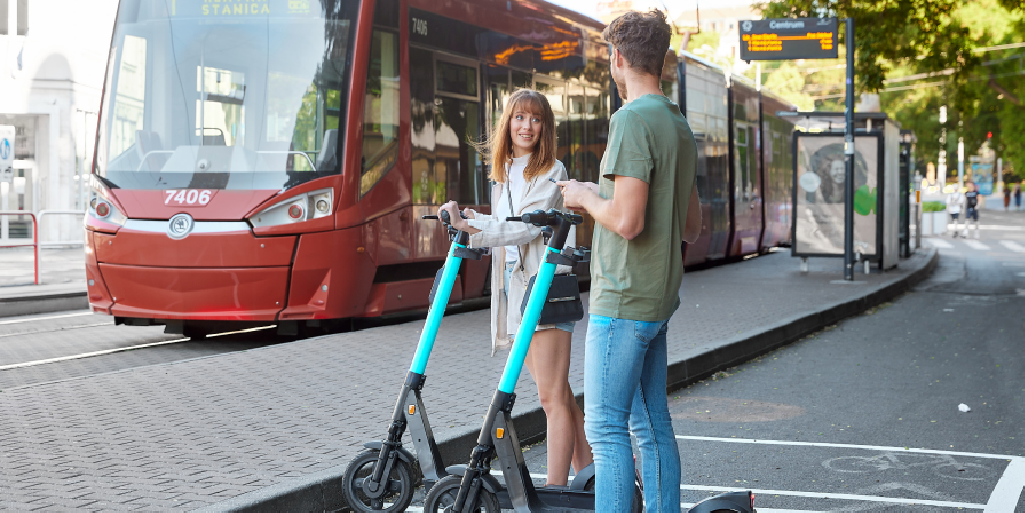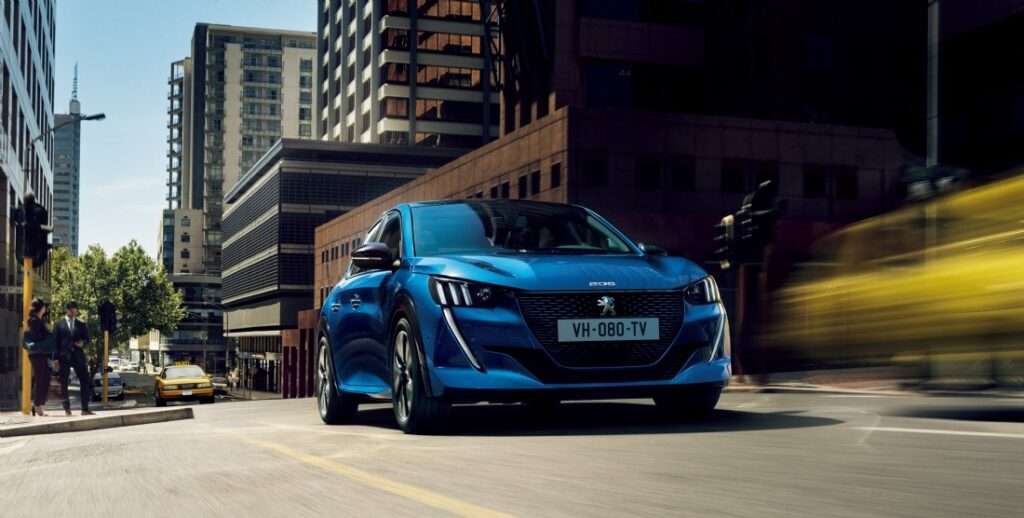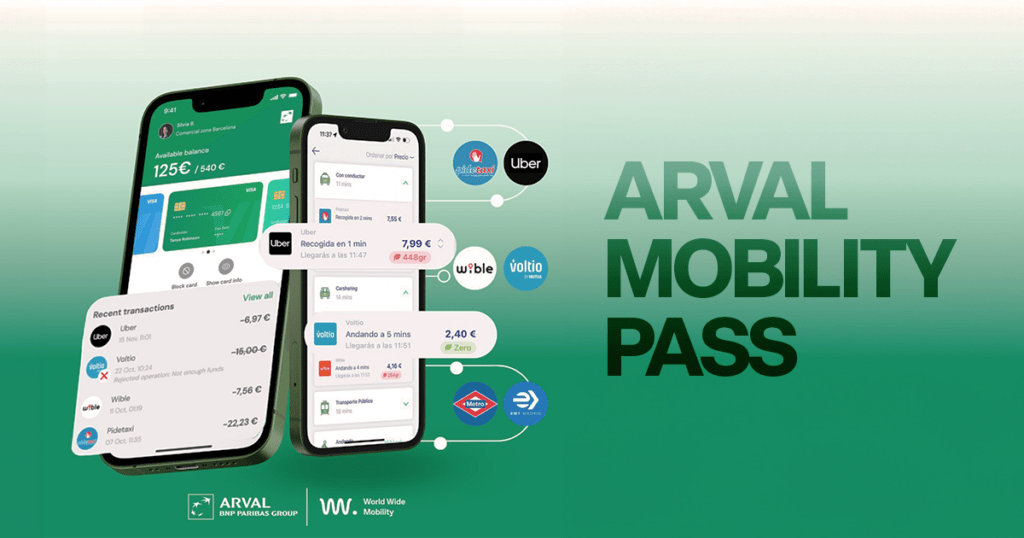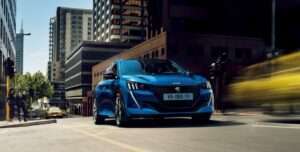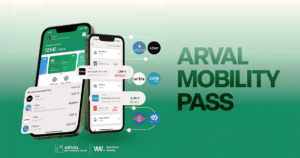After having integrated the geolocation of their scooters in more than 40 European cities on Google Maps last July, TIER is still going ahead. This October, not one, not two, but four MaaS applications have just integrated the reservation of TIER. Zoom at this latest news, which makes TIER Mobility “the most integrated micromobility player in Europe“. Almost half of their users, who combine electric scooters with other modes of transportation.
The conquest of MaaS platforms in Europe
It is through the latest LinkedIn post of Alexander Sprey, head of market development at TIER Mobility, that the German group announced these integrations. Four multimodal applications in Europe have integrated the booking of TIER’s scooters, mopeds or bikes.
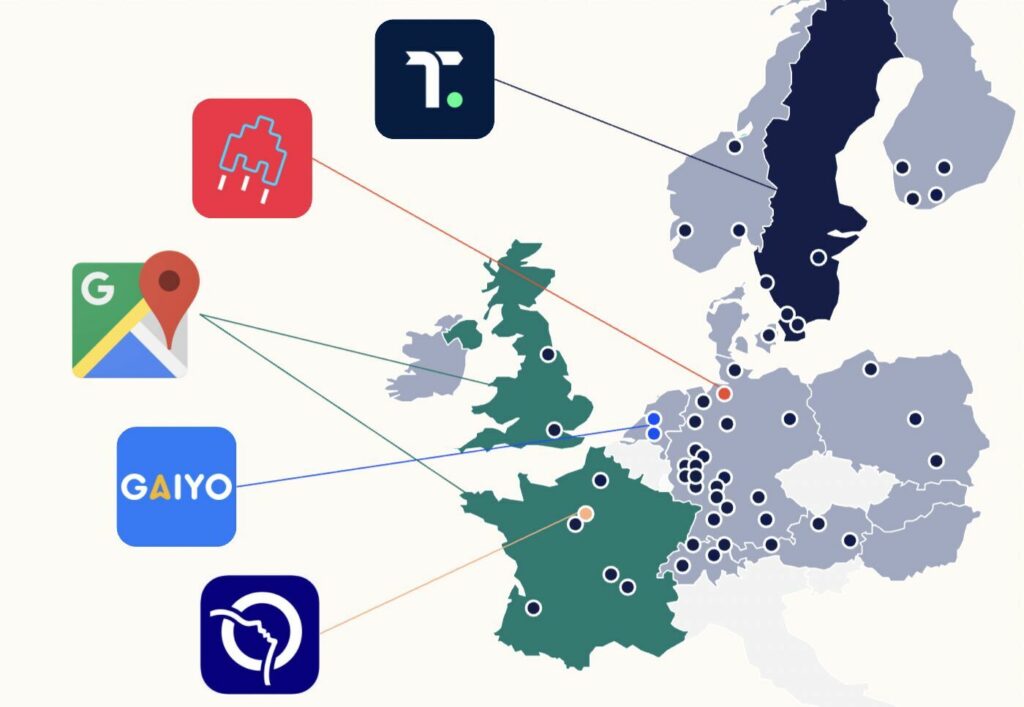
- Bonjour RATP, the MaaS application developed by the Parisian public transport. Multimodal platform that will allow the reservation, without deep-link, of 5000 TIER scooters. With the integration of Lime’s scooters and bicycles in early 2022.
- Hvv switch, the multimodal application of the city of Hamburg, also with deep integration.
- Gaiyo, the Dutch MaaS application with deep integration of TIER e-bikes and e-scooters.
- Travis, the Swedish MaaS application from Nobina Sverige AB offering scooter booking.

More than 35 MaaS integration in Europe for TIER Mobility
In recent years, the German group has demonstrated its willingness to be part of the MaaS ecosystem. Since its creation in 2018, TIERS have been integrated into the MaaS solutions of over 36 cities, across 8 countries. With each of them either :
- A deep link integration, with an automatic redirection for the booking of scooter in the TIER’s app
- A deep integration, including the reservation without any redirection.
- And finally, a native-app integration, allowing the user to buy his bus ticket through the TIER app-store. This is notably the case with the Helsinki public transport application, HSL.
For information, currently, deep integrations represent only 35% of integrations. But this is expected to rise in the future in order to provide users with a seamless, end-to-end experience. According to Alexander Sprey and Ludwig Buhr, head of strategic partnerships, deep integrations generate 30 times more ridership than deep linking.
To go further, download our free guide and learn how to design a seamless user experience, in a intermodal journey with scooter and public transport

